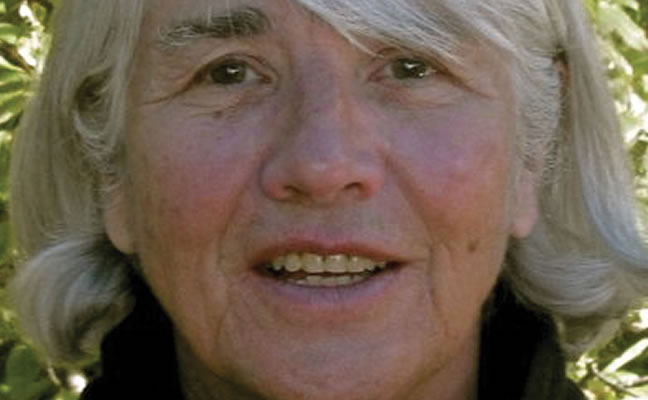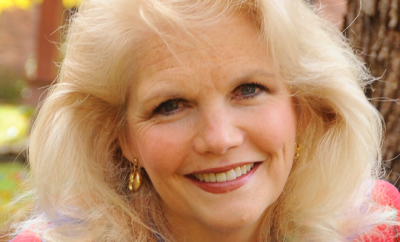
Just Sayin’
I had been pining to experience the waters of the Essex Chain Lakes ever since hearing of the purchase by the Nature Conservancy in 2007. But now that the Lakes are open to the public seven years later, my ability to carry a boat, even a lightweight Hornbeck solo canoe, is limited. I could have done it at the age of 68, but not 75. I wanted to do it with my canoe buddies, who were even older than I am, ranging in age from their late seventies to ninety.
We are a group of six women from the Adirondack High Peaks region who like to independently explore the wild waters in our solo boats. Our paddling explorations began 11 years ago during a camping trip on Little Tupper Lake, returning the last day during a hurricane. Every year since, we’ve scheduled trips around hip and knee replacements and family caretaking duties–ranging from three-day camping excursions on Lows Lake and Lake Lila to one-day trips on Henderson Lake to an afternoon on Lake Everest in Wilmington.
During these trips, Jeri usually stays at the back of the group to take photos. Ruth and Gail explore the shores while I paddle in the middle to experience the freedom that comes from open waters. Marcia forges ahead in the front with the determination of total involvement. Monique is our most daring explorer. One dark night as we all ventured out from our campsite on the Bog River, Monique, unbeknownst to us, paddled up the river to search for a beaver dam she had seen earlier in the day. We did not know she had left the group until we saw her flashlight upriver as she paddled back to the campsite.
This September I talked my fellow canoe buddies into hiring Cloud-Splitter Outfitters in Newcomb, New York, to schlep our boats to the Essex Chain Lakes. The owners, Ruth and Dave Olbert, helped to take our canoes off our cars at the DEC parking lot, strapping them on their two sets of wheels. They rolled the entourage on the gravel roads over one mile to the put-in on Third Lake while we walked slowly to meet them on this cold fall drizzly day. We put in on Third and paddled through the lakes to Sixth Lake, where we had lunch. Then we retraced our steps (strokes) to Second, returning to Third Lake. We were on the water for six hours.
Once on the Essex Chain Lakes, we followed the same pattern of going our own way as we had done on previous trips, much to the surprise of Ruth and Dave, given the dependence we placed on them in schlepping and helping us in and out of our boats.
My favorite stretch was on Fifth Lake–large enough to provide an open view of the wild areas and small enough to get the feeling of protection from the chill of the day. The loons were all around my boat, not seeming to care that I was there–calling to each other, splashing the water with their wings and, of course, diving–always a mystery as to where they will surface.
I pulled myself away from my engagement with the loons as most of the group had already returned to Fourth Lake. Except for Jeri. She wanted to get a photo of me going through the culvert from Fifth to Fourth Lake.
The joy of spending six hours on the Essex Chain after years of longing more than compensated for the other six hours of driving from Keene to the DEC parking lot and walking to and from Third Lake. A trip of twelve hours with aging bodies makes for a long day. But it was worth it.
Governor Cuomo touts the economic benefits of the land acquisitions for “struggling mountain towns.” I’m all for supporting the towns. Preserving and enhancing these environmental gems is a way to support the nearby communities, and all of us in the park and the state. How many jobs this addition to the Forest Preserve will support, I do not know.
What I do know is that five Adirondack women (one could not make the trip) with physical limitations were able to experience these wonderful lakes through the help of a local Newcomb guide service. And we bought lunch at the Country Store.
This story first appeared in the Adirondack Almanac, November 14, 2014
Lorraine Duvall is the author of the book And I Know How to Pretend. Over a period of 35 years, Ms. Duvall earned a bachelor’s degree in mathematics, a master’s degree in industrial engineering and operations research, and a Ph.D. in information studies. Fresh out of college with a math degree in 1960, she began her career in the computer software field as a programmer, expanding her responsibilities for the next 40 years as a systems analyst, manager and researcher. Ms. Duvall retired to a place she loved–the Adirondack Mountains of New York State. She initially became drawn to the Adirondacks many years ago on a Girl Scout canoe trip on Upper Saranac Lake. After living in Manhattan and a Chicago suburb, she moved back to the central New York area, day tripping and vacationing in the South Central Adirondacks. She spent many a weekend at Great Camp Sagamore. Her long-time dream of living in the Adirondacks was realized after she purchased land in the High Peaks region in 1995, built a house, and moved to the Keene Valley in 1999. Ms. Duvall’s activities in her community of the Adirondack Park include serving as a board member of an activist environmental association, of her local Planning Board, and of a county mental health service organization. Her interest lies in addressing the question, How do we environmentally protect the Adirondacks in a place consisting of half private land, the remaining public-state land? She loves paddling her lightweight solo canoe on the clear, serene lakes and rivers of the Adirondacks. To see more pictures from her trip, go to adirondackalmanack.com/2014/11/lorraine-duvall-a-trip-to-the-essex-chain-lakes.html#sthash.yT3Dntm4.dpuf. To learn more about Lorraine Duvall, go to loradk.com.










